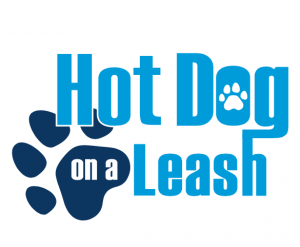Understanding and Preventing Separation Anxiety in Dogs
Separation anxiety is a common behavioral issue in dogs that can be
distressing for both pets and their owners. It occurs when dogs become
excessively anxious or stressed when left alone. Recognizing the signs
of separation anxiety and implementing preventive measures is crucial
for your dog’s well-being. Here’s a guide to understanding and
preventing separation anxiety in dogs.
Understanding Separation Anxiety:
Separation anxiety can manifest in various ways, including excessive
barking, destructive behavior, excessive salivation, urination or
defecation indoors, and attempts to escape. Dogs with separation
anxiety often exhibit these behaviors shortly after their owner
leaves, and they may continue until their return. It’s essential to
differentiate between separation anxiety and normal behaviors, such as
mild restlessness when left alone.
Preventing Separation Anxiety:
Gradual Departures: Avoid making a big fuss when leaving or returning
home. Gradual departures and arrivals help desensitize your dog to
your comings and goings.
Establish a Routine: Dogs thrive on routine. Set a consistent daily
schedule for feeding, exercise, and playtime. Predictability can help
reduce anxiety.
Crate Training: Many dogs find comfort in a crate, which can serve as
a safe space when you’re away. Ensure the crate is associated with
positive experiences and never use it as punishment.
Exercise and Mental Stimulation: Regular exercise and mental
stimulation can help tire out your dog and reduce anxiety. Consider
puzzle toys, interactive games, and long walks.
Desensitization: Gradually increase the time you spend away from your
dog. Start with short intervals and gradually extend them. Reward your
dog for calm behavior during your absence.
Consult a Professional: If your dog’s separation anxiety persists or
worsens, consult a veterinarian or professional dog trainer. They can
provide tailored guidance and, in severe cases, recommend medication
to alleviate anxiety.
In conclusion, understanding and preventing separation anxiety in dogs
is essential for a happy and healthy canine companion. By recognizing
the signs, implementing preventive measures, and seeking professional
help if necessary, you can alleviate your dog’s anxiety and ensure a
more peaceful coexistence when you’re apart. Remember that patience,
consistency, and positive reinforcement are key to helping your dog
overcome separation anxiety.



